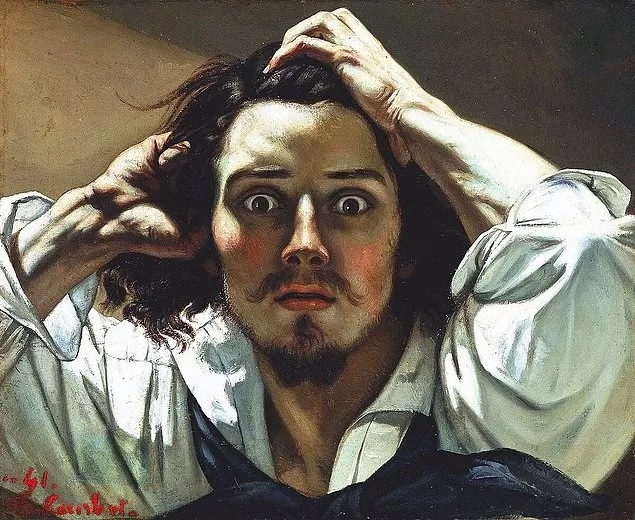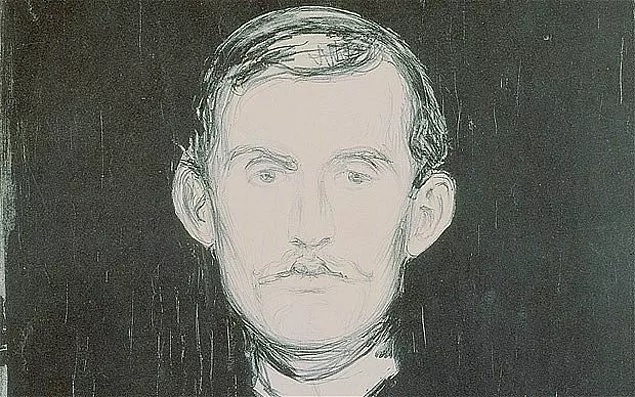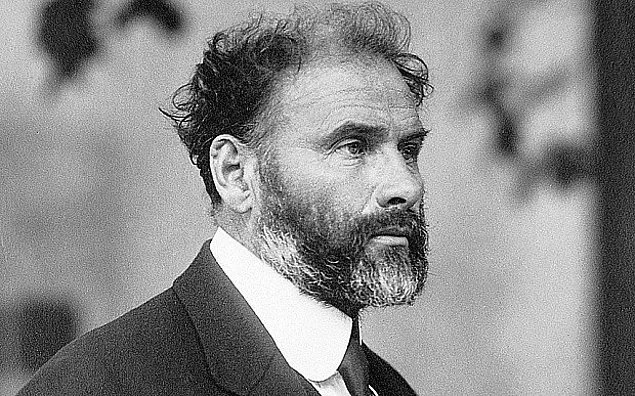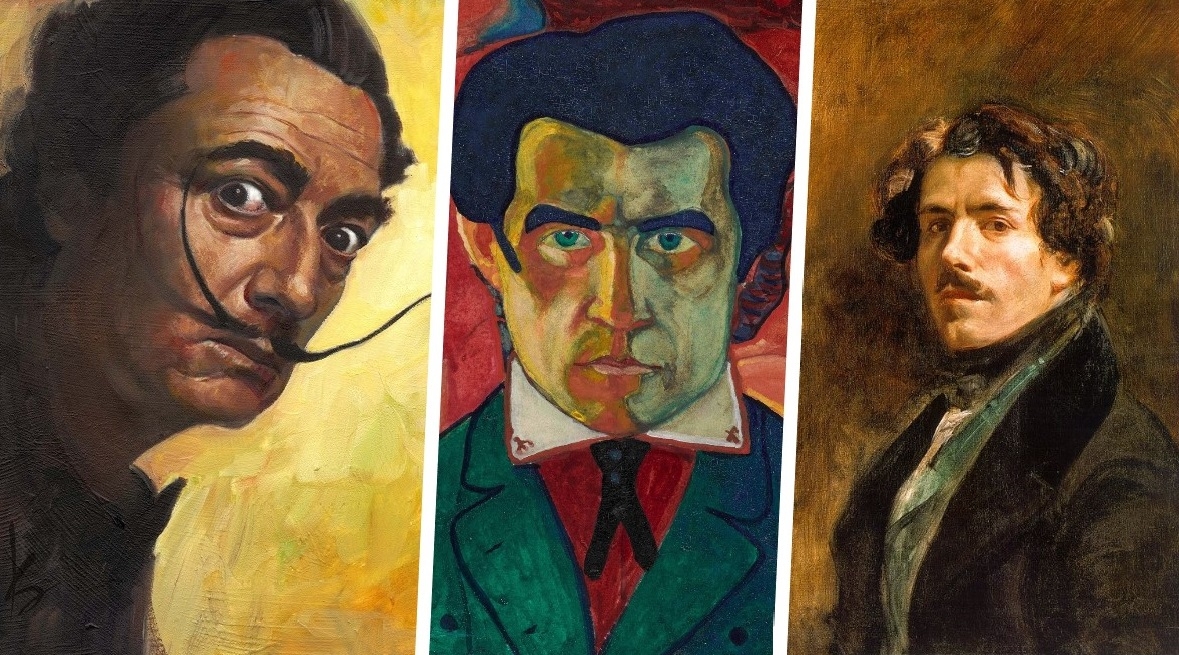 Art occupies an important place in human life. It is a great force that evokes passion, imagination, joy, sadness and a storm of other emotions. Masterpieces of art convey the history, culture and work of human thought. Literature, music, painting, cinema, sculptures and architectural monuments bring goodness and beauty to the world.
Art occupies an important place in human life. It is a great force that evokes passion, imagination, joy, sadness and a storm of other emotions. Masterpieces of art convey the history, culture and work of human thought. Literature, music, painting, cinema, sculptures and architectural monuments bring goodness and beauty to the world.
Painting occupies an important place in art. Some geniuses struggled with financial and mental problems, and now their works are selling for millions of dollars. 1Gai.Ru presents 50 artists who have left a bright mark on the history of art.
1. Pablo Picasso, Spain (1881-1973)

Picasso is one of the few influential figures not only in the field of painting, but also in the history of art. The works of this artist are truly revolutionary. He was an outstanding representative of Cubism. In addition to painting, Picasso also worked in sculpture, ceramics and printing.
2. Leonardo da Vinci, Italy (1452-1519)

Da Vinci is the greatest genius the world has ever seen. He demonstrated his versatile personality in paintings. Undoubtedly, his most famous paintings are "Mona Lisa" and "The Last Supper". His masterpieces and creativity raise many questions today.
3. Rembrandt van Rijn, Netherlands (1606-1669)
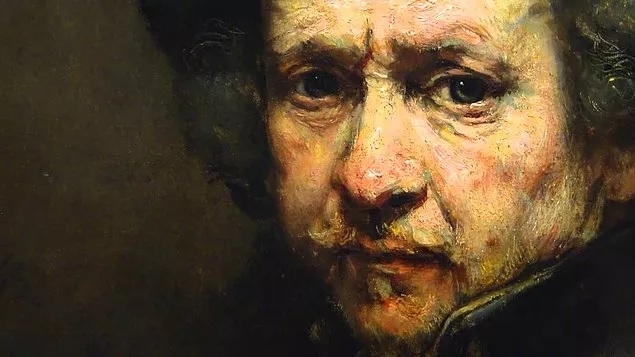
The great Dutchman Rembrandt is known for his masterful use of light and shadows. He was one of the main figures of European painting of the 17th century. Rembrandt is also one of the most famous self-portrait painters of all time.
4. Vincent van Gogh, Netherlands (1853-1890)

The Dutch post-impressionist painter Van Gogh suffered from great financial and moral problems during his lifetime. Today he is one of the most famous artists in the world. His works remain the most expensive in the history of painting. After a quarrel with a close friend Gauguin, he cut off his ear and ended up in a psychiatric hospital. Two years later, Van Gogh committed suicide with a revolver.
At first, Van Gogh worked with dark and gloomy colors, and then began to use bright ones - especially yellow. Some attribute Van Gogh's love of yellow to his mental and physical ailments. The paintings of the painter had a significant impact on the art of the 20th century.
5. Diego Velázquez, Spain (1599-1660)
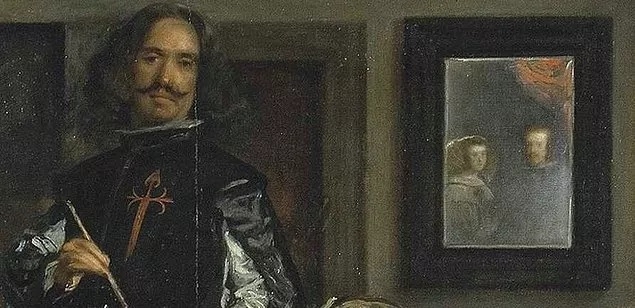
Velázquez is a representative of the "golden age" of Spanish art. The work of Velázquez, along with Rembrandt, reached the heights of Baroque painting of the 17th century. Diego Velázquez pioneered "atmospheric painting" two centuries before the Impressionists. He painted portraits of nobles, often in and around the palace.
6. Paul Cézanne, France (1839-1906)
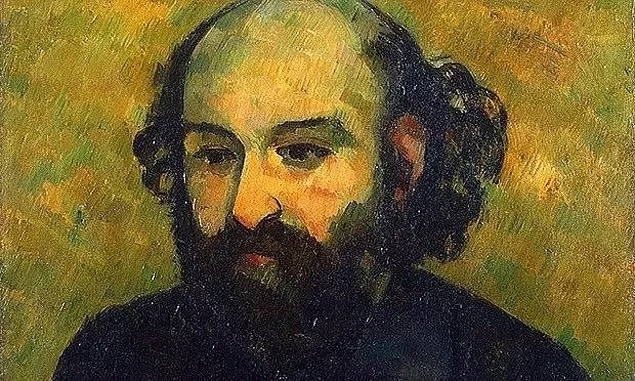
"Cezanne is the father of us all." As legend has it, this phrase was uttered at one time by Picasso or Matisse. Cezanne created a unique style of painting, opened the way for cubism and greatly influenced the artists who worked after him.
7. Wassily Kandinsky, Russia (1866-1944)
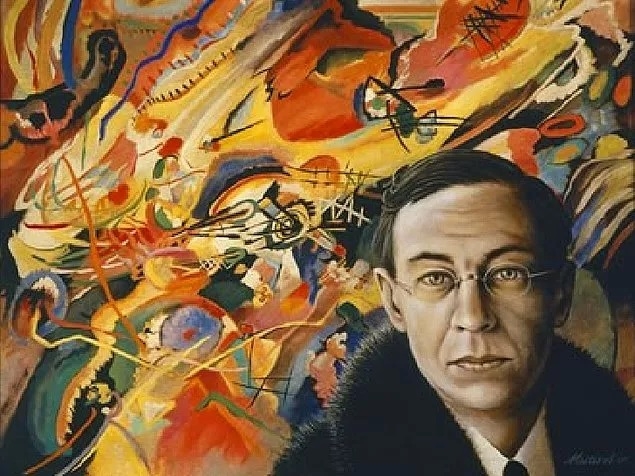
The "father of abstract art" Wassily Kandinsky is not only a very successful creator, but also a theorist of painting. He transformed the very concept of "art".
8. Michelangelo, Italy (1475-1564)
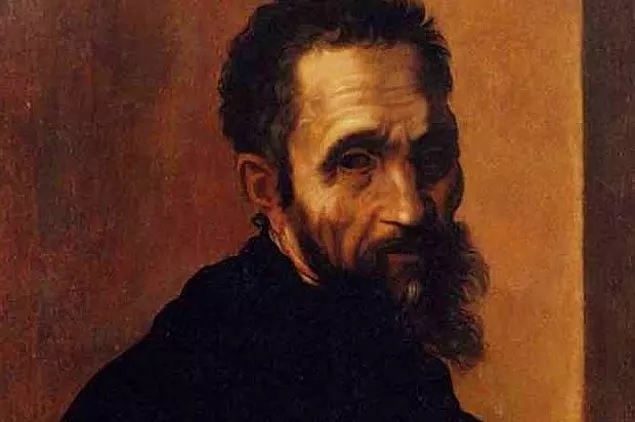
Some readers may be surprised that Michelangelo is ranked 8th on this list. Michelangelo is one of the two or three most important names in the entire history of art. He became famous as a sculptor. Michelangelo's frescoes in the Sistine Chapel demonstrate the real skill of painting.
9. Salvador Dali, Spain (1904-1989)

Dali is one of the most popular artists of the 20th century with the image of a "mad genius" created by him. He was the most famous exponent of the Surrealist movement. In addition to painting, Dalí was interested in sculpture, photography and cinema and produced works by other painters.
10. Claude Monet, France (1840-1926)
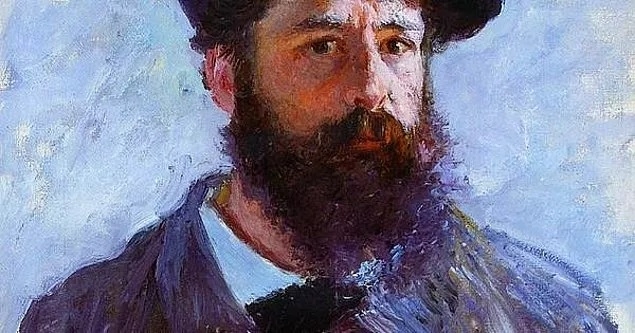
Although some ignore Monet's contributions to art history, his mastery of depicting the effects of daylight on objects played an important role in the development of painting in the last century.
11. Raphael, Italy (1483-1520)
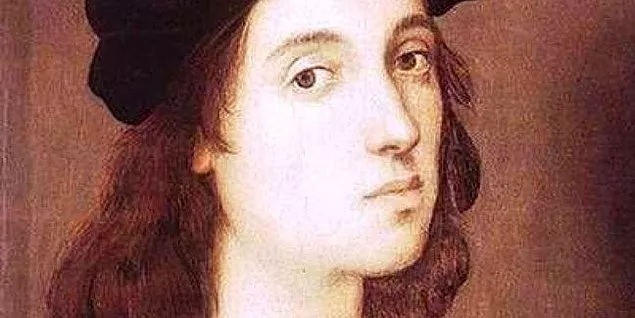
The famous Italian master of the Renaissance, the famous Raphael Santi, in addition to painting, created works in the field of architecture. Raphael was known for his special skill in the use of color.
12. Caravaggio, Italy (1571-1610)

"The father of the Baroque style in painting", the brilliant Italian artist Caravaggio created unique paintings with gloomy and sharp images. His works were underestimated by the society of the time and discredited.
13. Jan van Eyck, Netherlands (1390-1441)
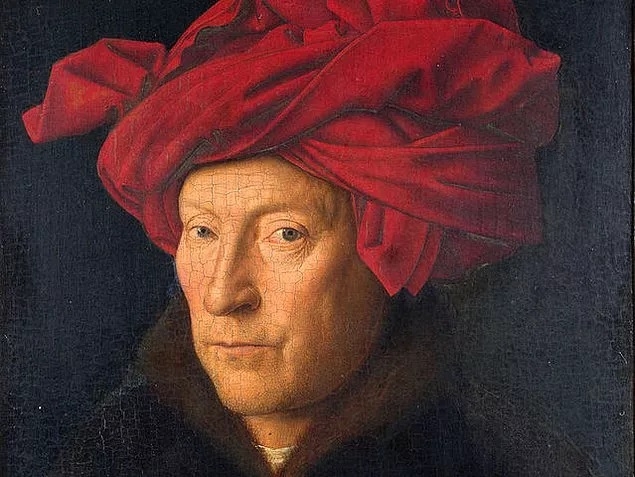
The Flemish master Van Eyck is known for the depth of his work and the perfection of the technique of oil painting. He was appreciated for his skill, inaccessible to many artists of the time.
14. Joseph Mallord William Turner, England (1775-1851)
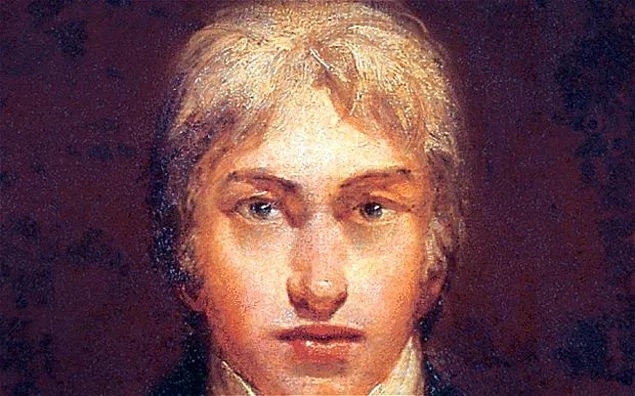
William Turner is the greatest master of landscape painting in the history of Western art. Initially, viewers perceived his landscapes in an academic style. But the artist gradually liberalized his work.
15. Albrecht Dürer, Germany (1471-1528)
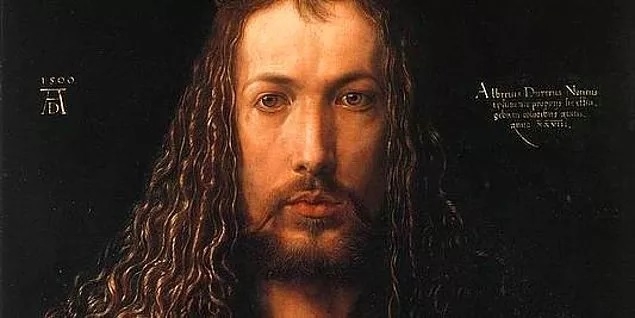
The restless genius and innovator Albrecht Dürer – "Leonardo da Vinci of the Northern European Renaissance". He was a master of drawing and color. One of the first artists of Western painting, who reflected nature, animals and plants as they are.
16. Paul Gauguin, France (1848-1903)
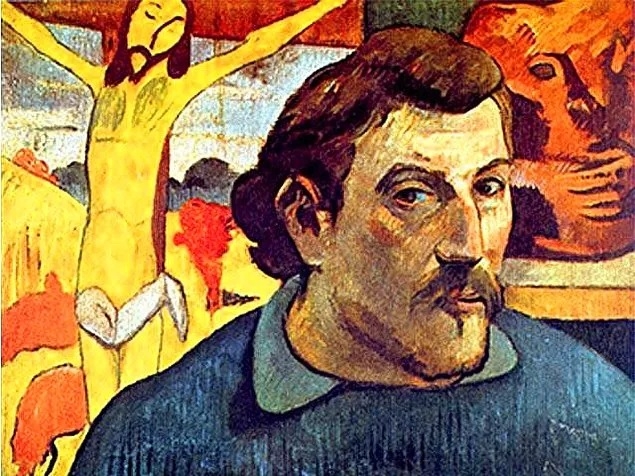
Gauguin, a close friend of Van Gogh, is one of the most fascinating figures in Western painting. Gauguin reflected in his art the life of exotic countries (Panama and Tahiti). He inspired many artists who worked after him.
17. Henri Matisse, France (1869-1954)
According to some art historians, Matisse is the greatest master of painting of the 20th century after Picasso. Although this fact is clearly exaggerated, the artist still had a great influence on the development of art.
18. Francisco de Goya, Spain (1746-1828)

Goya is one of the most complex artists in the history of art. He was mysterious, religious, and unmatched during his career. Throughout his life, he created works in a variety of styles - from erotica to horror. Goya created many paintings, prints and frescoes. The artist was constantly changing and evolving throughout his life.
19. Édouard Manet, France (1832-1883)
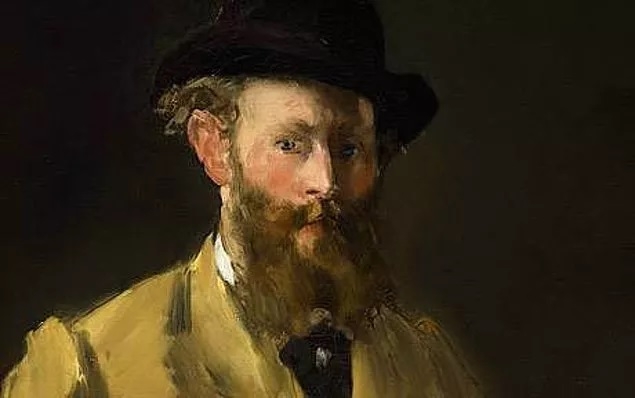
Manet was one of the pioneers of Impressionism. His works, such as "Olympia" or "Breakfast on the Grass", caused great controversy among connoisseurs of painting at one time.
20. El Greco, Greece (1541-1614)
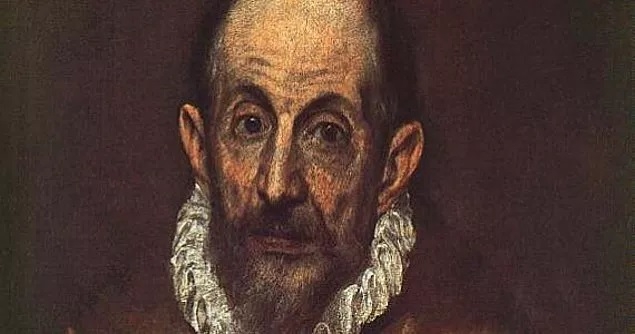
El Greco was born on the island of Crete and spent most of his life in Spain. He was one of the most original and influential painters of his time. Greco managed to influence the Impressionist painters 300 years later. His personality and writings have inspired literary figures such as Rainer Maria Rilke and Nikos Kazantzakis.
21. Edvard Munch, Norway (1863-1944)
Munch, who can also be considered the first expressionist painter, is known for his painting "The Scream". This canvas was an important milestone in the understanding of modern painting.
22. Titian, Italy (1488/1490-1576)
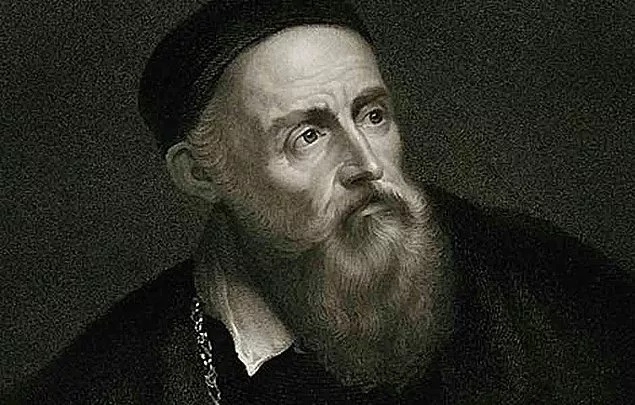
Titian was one of the leading exponents of Venetian art of his time. He is known for his ability to masterfully use mythological events and heroes in painting.
23. Peter Paul Rubens, Netherlands (1577-1640)
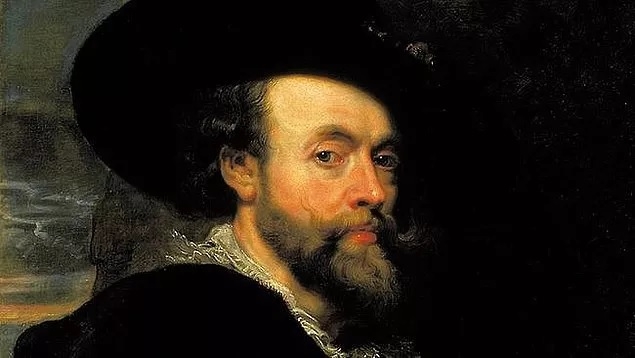
Rubens is one of the most prolific artists of all time. Rubens was a court painter, and his customers were nobles and monarchs. He was famous for his competence in depicting anti-Reformation movements and mythological subjects.
24. Andy Warhol, USA (1928-1987)
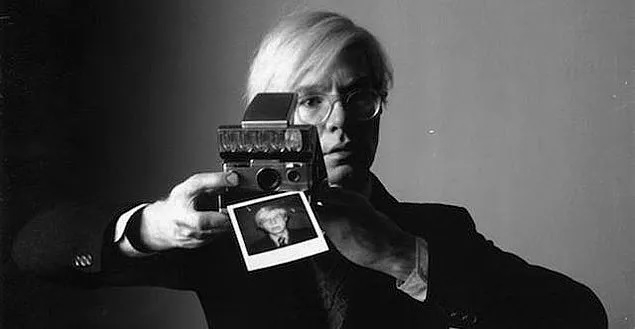
Andy Warhol is one of the most important figures who influenced contemporary art. It has sparked a lot of debate about the iconic nature of pop art.
25. Paul Klee, Germany/Switzerland (1879-1940)
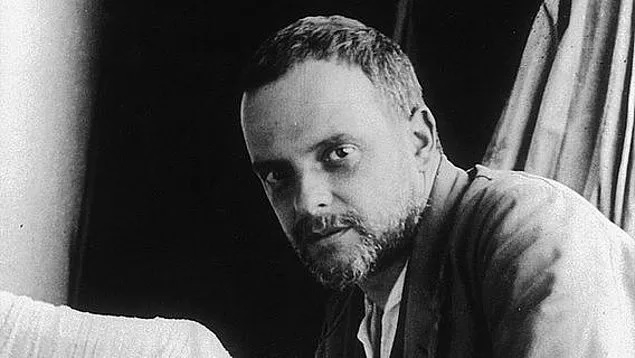
There are very few artists whose painting has so strongly influenced the emergence of innovative art. Thanks to his unique style, Klee influenced many movements, such as expressionism, cubism and surrealism. He also gained fame as a teacher at the Bauhaus School of Architecture and Art and Industry.
26. Gustav Klimt, Austria (1862-1918)
Austrian painter and decorator Gustav Klimt is a pioneer of industrial art and geometric abstractions. His work balances between modernism and symbolism.
27. Jan Vermeer, Netherlands (1632-1675)
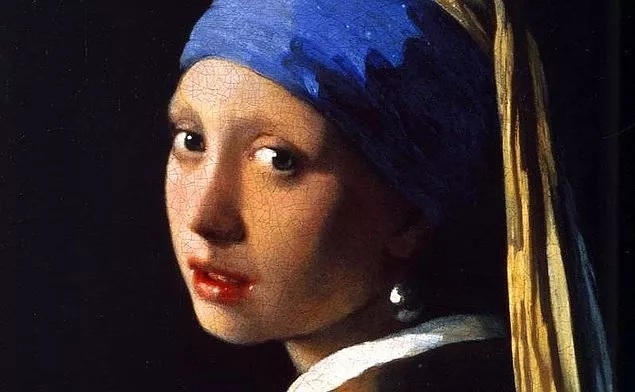
Jan Vermeer, one of the Flemish masters of Baroque painting, became famous for the painting "Girl with a Pearl Earring", also known as the "Mona Lisa of the North". This picture inspired director Peter Webber to make the film "The Girl with the Pearl Earring". The Dutch painter became famous as a talented portrait painter.
28. Frida Kahlo, Mexico (1907-1954)
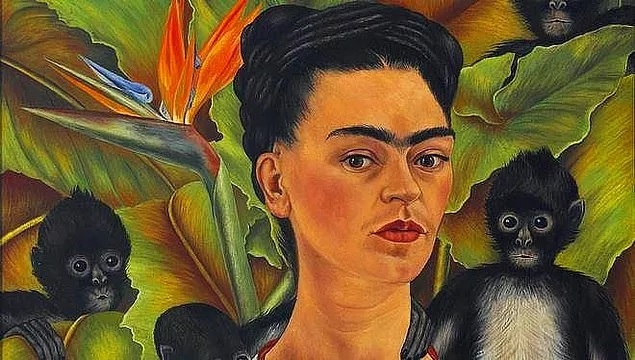
Frida Kahlo is one of the brightest representatives of Latin American art. The bus accident that left her disabled had a profound impact on her life and art. Self-portraits, which Kahlo painted in a supine state, occupy a very important place in her painting.
29. Pierre-Auguste Renoir, France (1841-1919)
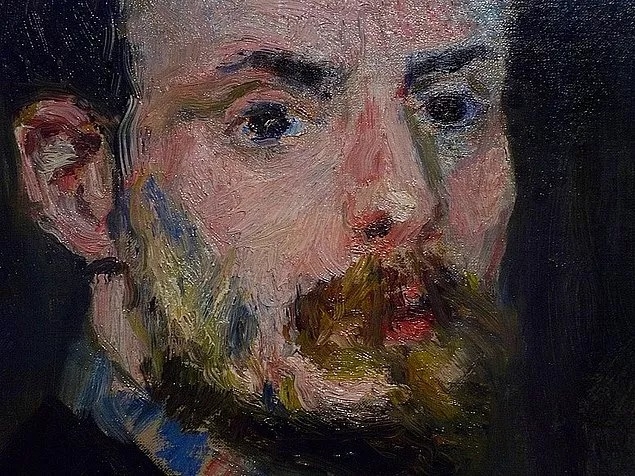
Although the French painter Renoir was one of the significant exponents of Impressionism, he abandoned this movement and demonstrated a unique academic style in his works.
30. Hieronymus Bosch, Netherlands (1450-1516)
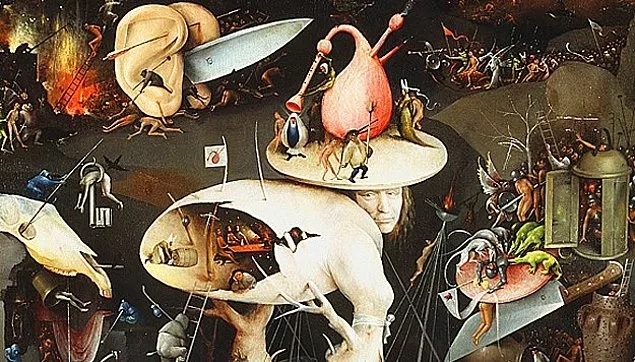
An extremely religious painter, Bosch worked in a didactic, moralizing manner. He gained fame during his lifetime. Bosch painted nobles, as well as images of demons and monsters. He is considered one of the important representatives of the Northern Renaissance. In the image we see a "secret" self-portrait of the artist.
31. Jackson Pollock, USA (1912-1956)
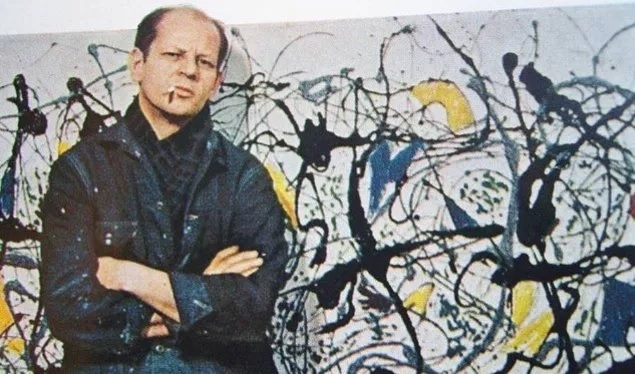
Pollock is a well-known name in American expressionism. This artist left his significant mark on the art of the 20th century. He was distinguished by a special technique of pouring and dripping onto the canvas, so his canvases show life in motion. The artist seems to slide through the picture. Pollock created masterpieces by pouring and dripping paint on the canvas.
32. Hilma Klint, Sweden (1862-1944)
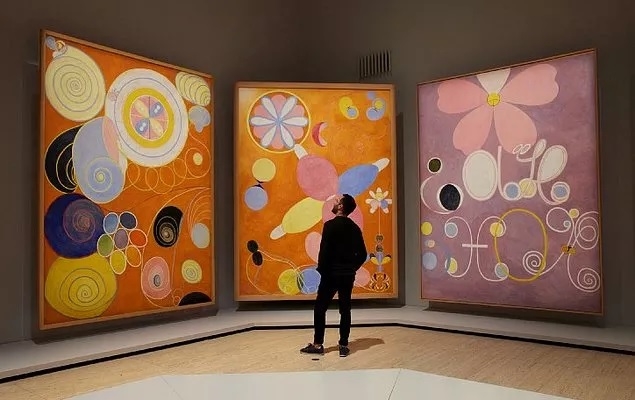
The works of the Swedish artist Hilma Clint were among the first known abstract paintings. The artist did not exhibit any of her important works during her lifetime. Clint is one of the most original figures of the modernist movement. Her name is not often heard, as she remained aloof from artistic movements.
33. Jean-Michel Basquiat, USA (1960-1988)
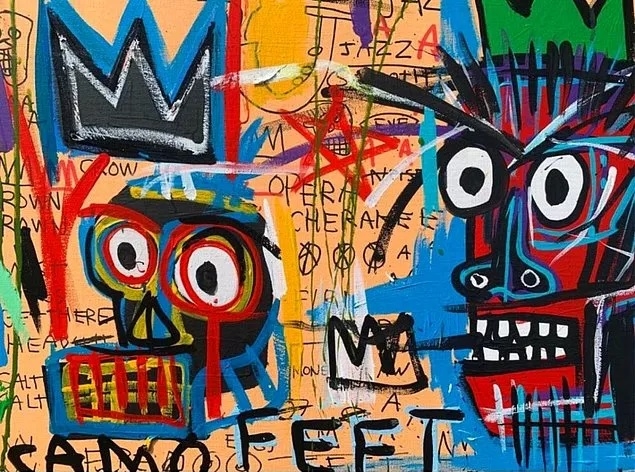
American graffiti artist and neo-expressionist painter Basquiat was the first African-American painter with international renown. The graffiti movement originated in New York City in the early 80s and influenced artists in the years that followed.
34 Francis Bacon, England (1909-1992)

Bacon is one of the important names of the last century. He was one of the significant exponents of the figurative expressionism movement. In his works, the themes of existentialism and elements of Picasso's style are visible. The paintings show a rebellion against Bacon's predecessors.
35. Joan Miró, Spain (1893-1983)
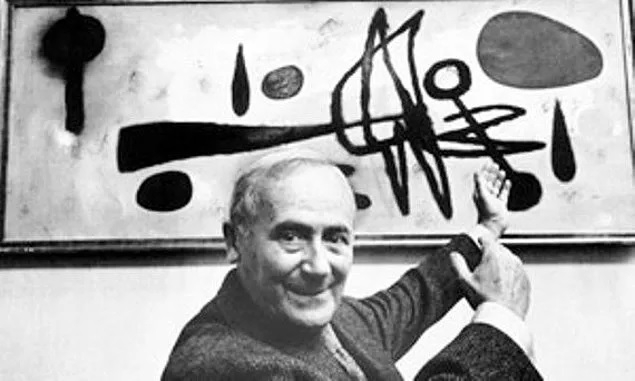
Miró was an artistic genius, like other painters. He associated himself with the Surrealist movement with his interest in the subconscious, dreams and emotions hidden in the depths of the mind. However, in style, Miró was close to Fauvism and Impressionism.
36. Tommaso Masaccio, Italy (1401-1428)
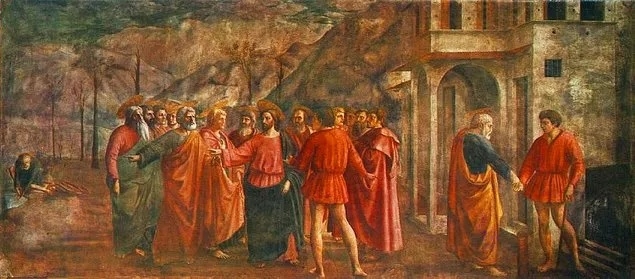
Tommaso Masaccio was one of the first and most significant artists of the early Renaissance period. He became one of the most creative and innovative painting figures of his time.
37 Artemisia Gentileschi, Italy (1597-1654)
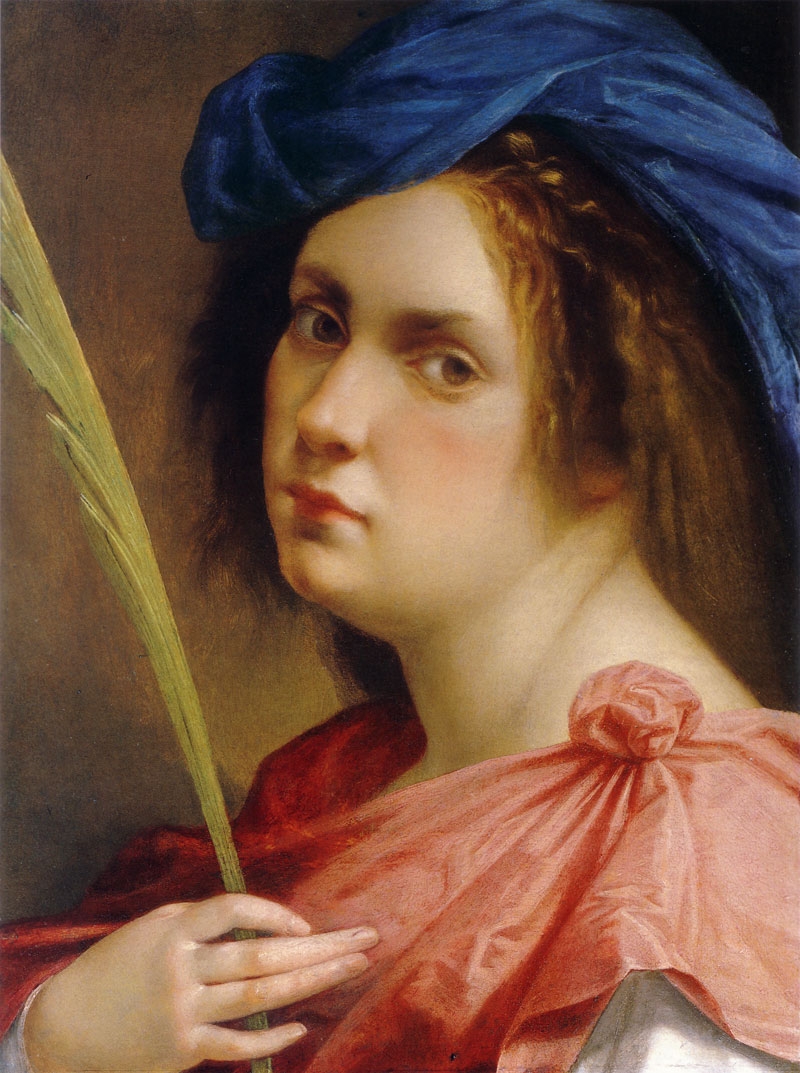
Gentileschi is a very famous name in the 17th century. One of the most talented artists of Italian Baroque painting became the first female member of the Florentine Academy of Arts.
38. Piet Mondrian, Netherlands (1872-1944)
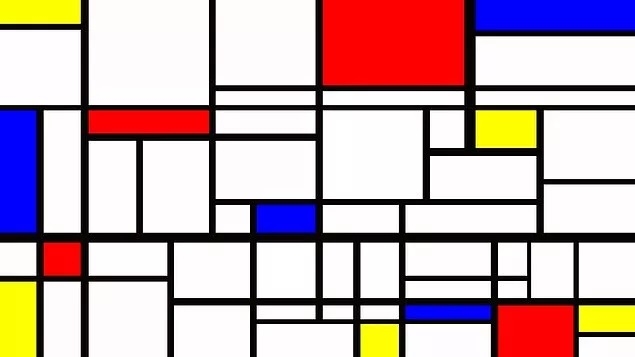
Mondrian is the leading figure in abstract painting, like Kandinsky and Malevich. The paintings of the artist with images of areas divided into squares and rectangles by black lines on a white background, painted in three primary colors, are quite famous.
39. Gustave Courbet, France (1819-1877)

One of the important names of the realism movement is Gustave Courbet. He was a revolutionary both in art and in social activities. Courbet did not pretend to perfect beauty, like Rembrandt. He believed that beauty is achieved when the artist reflects reality.
40. Nicolas Poussin, France (1594-1665)

Among French Baroque artists, Poussin's influence on French painting is quite large. Compared to the artists of his time, his use of color is second to none, and order and logic come first.
41. Eugene Delacroix, France (1798-1863)
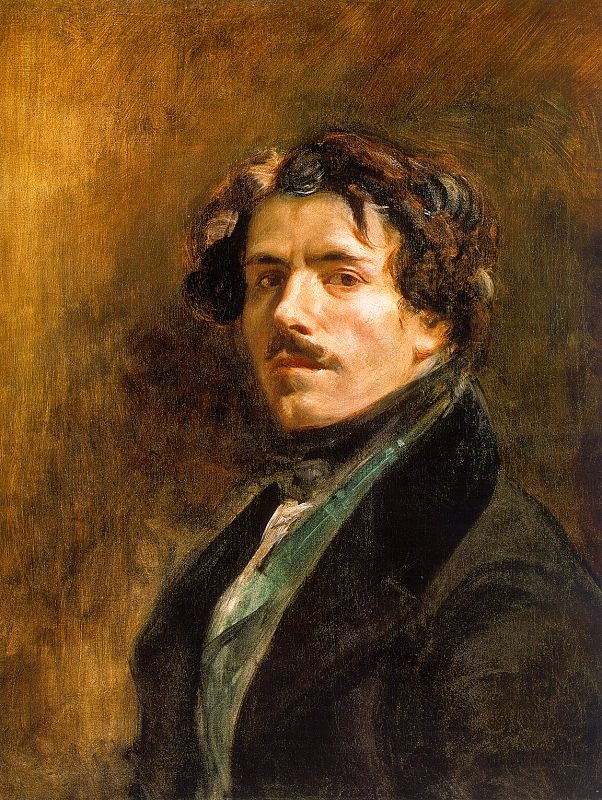
Delacroix is an important name in the first half of the 19th century. He was one of the most famous representatives of the Romantic movement in painting. His painting "Liberty Leading the People" became a symbol of its time.
42. William Blake, England (1757-1827)

The poet and artist Blake is one of the most prominent Englishmen of his time. His paintings and poems are attributed to romanticism.
43. Caspar David Friedrich, Germany (1774-1840)

Caspar David Friedrich is one of the leading names of German Romanticism. The painter painted beautiful landscapes. The main emotions in his paintings are loneliness and boredom. Kaspar depicted human figures who face the beautiful, but frightening nature.
44. Kazimir Malevich, Russia (1878-1935)
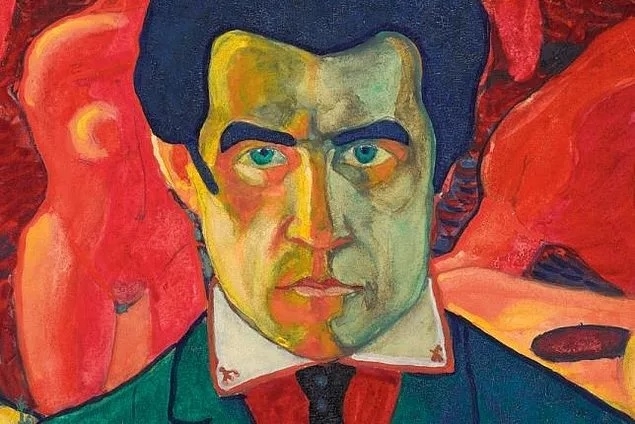
The avant-garde artist Malevich is one of the pioneers of geometric abstractionism, as well as an art theorist and a very controversial figure in history. According to some, he is a great painter, while others believe that his work cannot be considered art.
45. Marcel Duchamp (1887-1968)
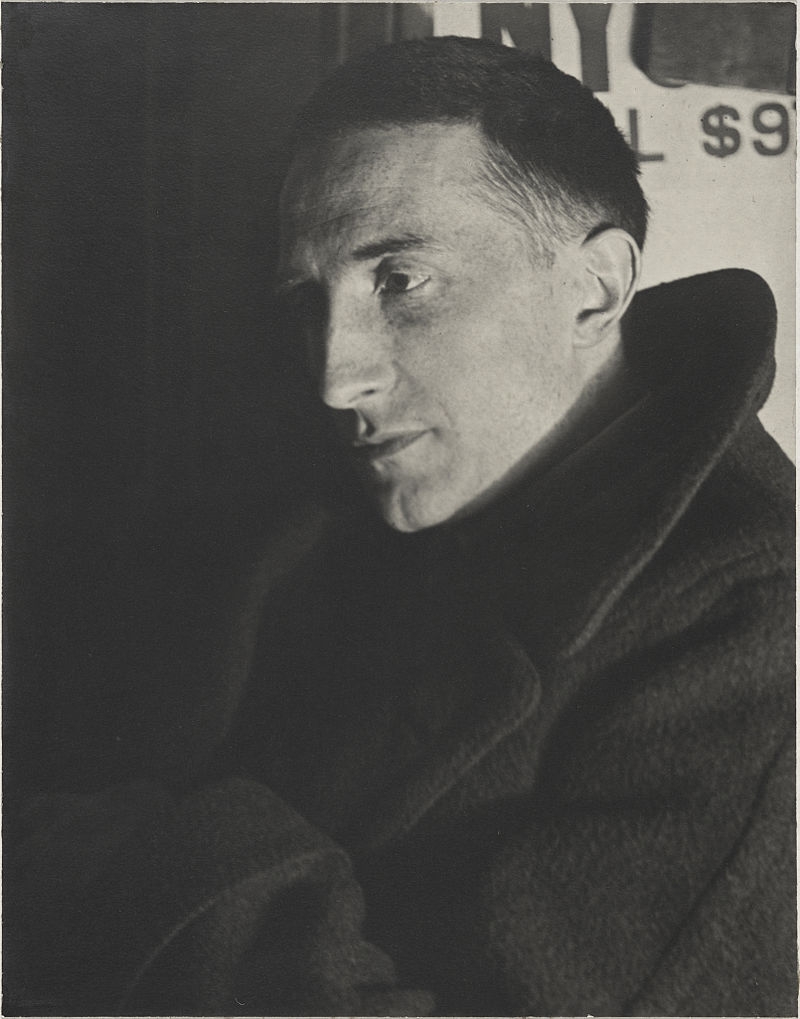
The leading name in the Dadaist movement is Marcel Duchamp. An art nihilist, Duchamp is one of the most controversial artists of his time. He raises the question of what, in fact, art. Duchamp's most famous work is the inverted Cesme urinal. In it, the author destroyed the traditional understanding of art with the help of irony and satire.
46. Sandro Botticelli, Italy (1445-1510)

The most famous work of the artist is the painting "The Birth of Venus". Botticelli presented works with subjects from mythology. In the paintings he used pastel colors. “If Botticelli were alive today, he would work for Vogue,” actor Peter Ustinov once said.
47. Edward Hopper, USA (1882-1967)
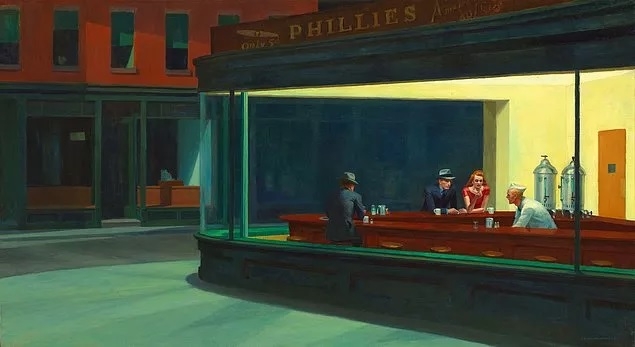
The American artist and engraver Hopper deeply reflected the theme of loneliness in his works. The painter was a connoisseur of watercolors and engravings. His oil paintings were especially popular. The most famous work of the artist is "Night Owls" with the main motive of loneliness.
This canvas has become an icon of art of the 20th century.
48. Mark Rothko, USA (1903-1970)
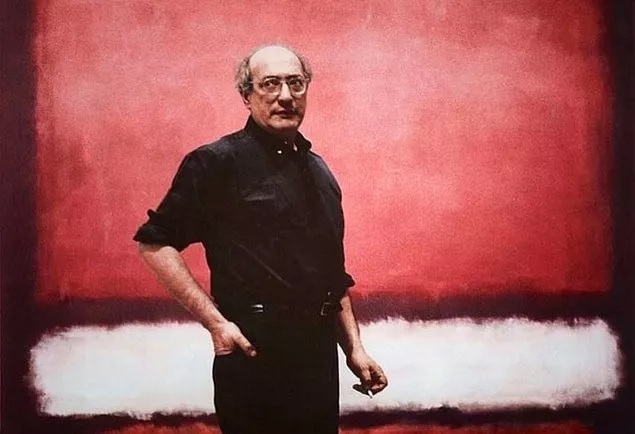
Jewish artist Mark Rothko is one of the representatives of the direction known as "color field painting" and the movement of abstract expressionism. He created rectangular areas in his work and painted over them. Rothko in his works appears as a very controversial figure in painting.
49. Edgar Degas, France (1834-1917)
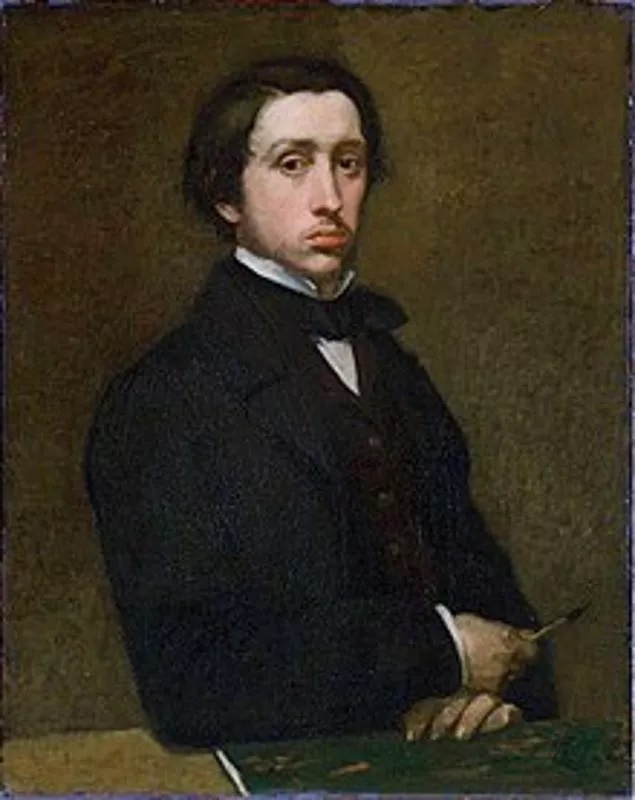
The artist, who is considered the leading figure of Impressionism, once said that he prefers to present himself as a realist. His images of dancers and ballerinas became icons of 19th century painting. The techniques he uses in his dance pictures are very successful.
50. Georges Seurat, France (1859-1891)
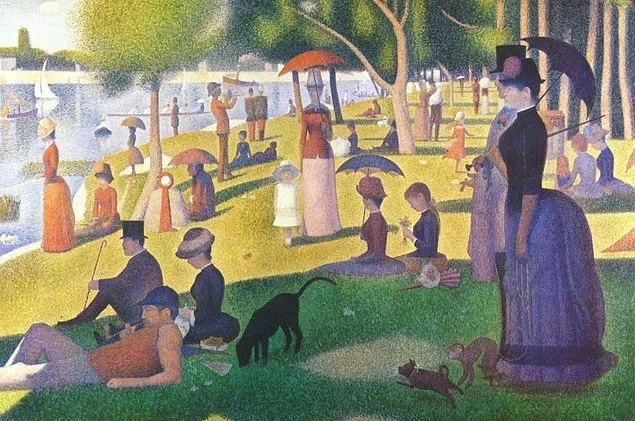
Post-impressionist painter Georges Seurat is the founder of the art of pointillism. The painter in his works placed opposite colors side by side in the form of dots. He believed that colors would spontaneously blend in our heads. If you look closely at the artist's work, you can see that the paintings are painted like mosaics using small dots.

